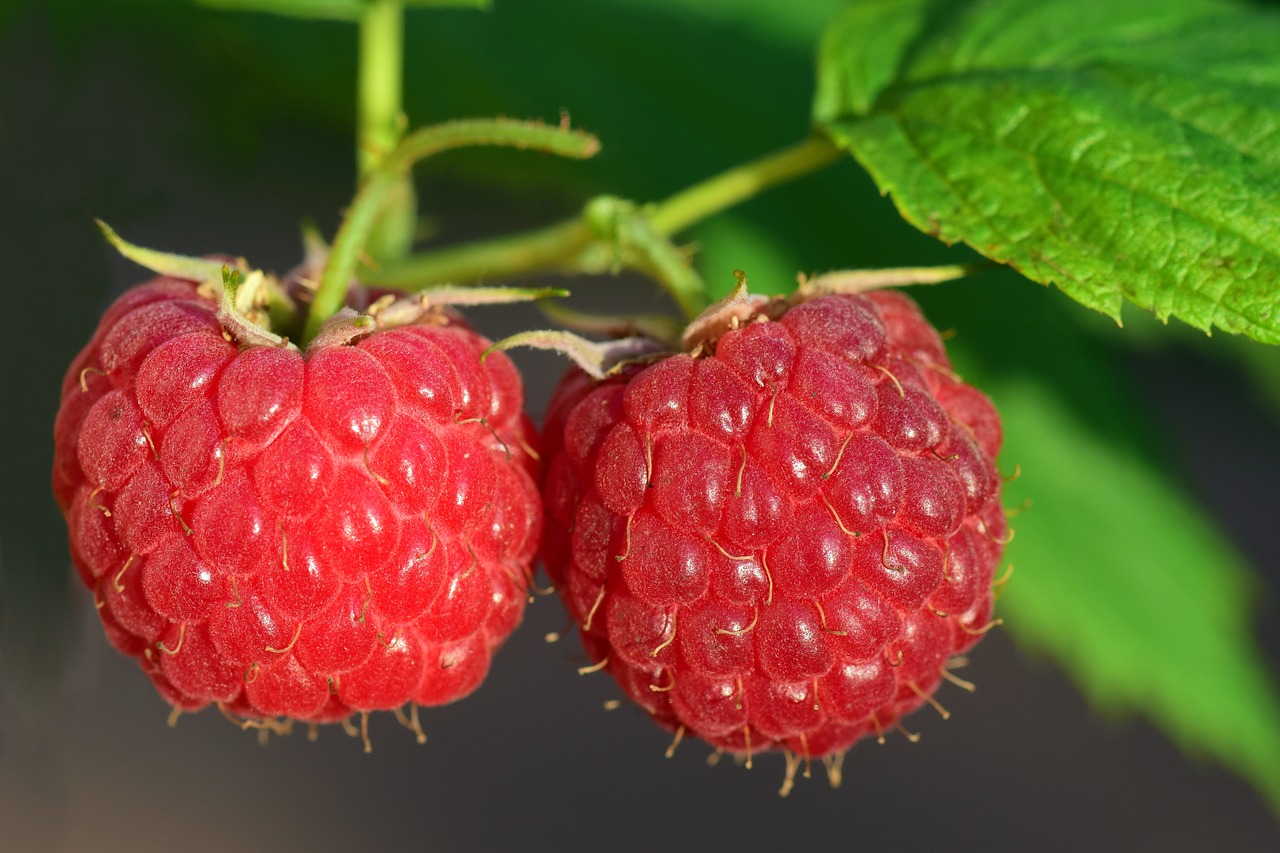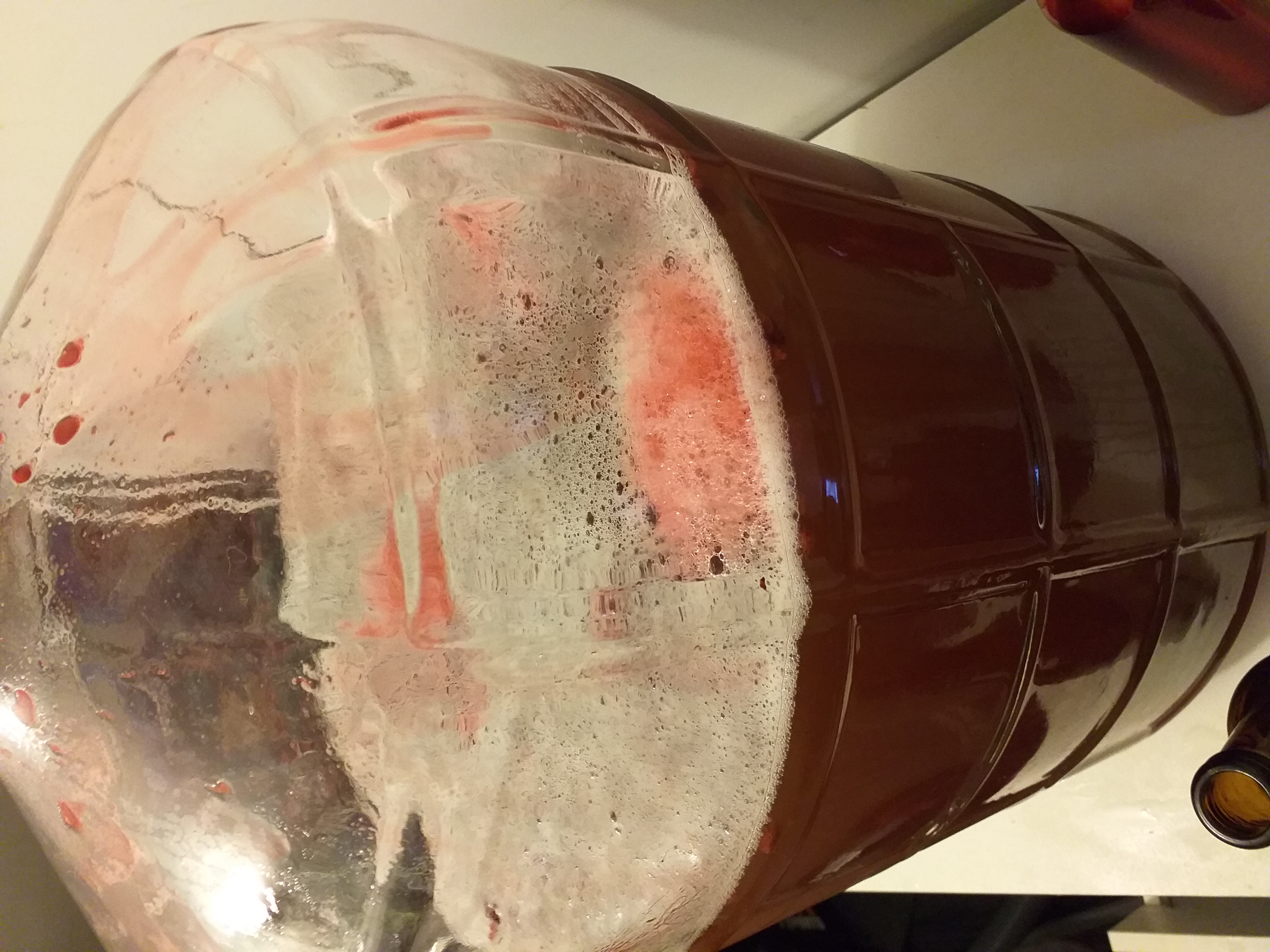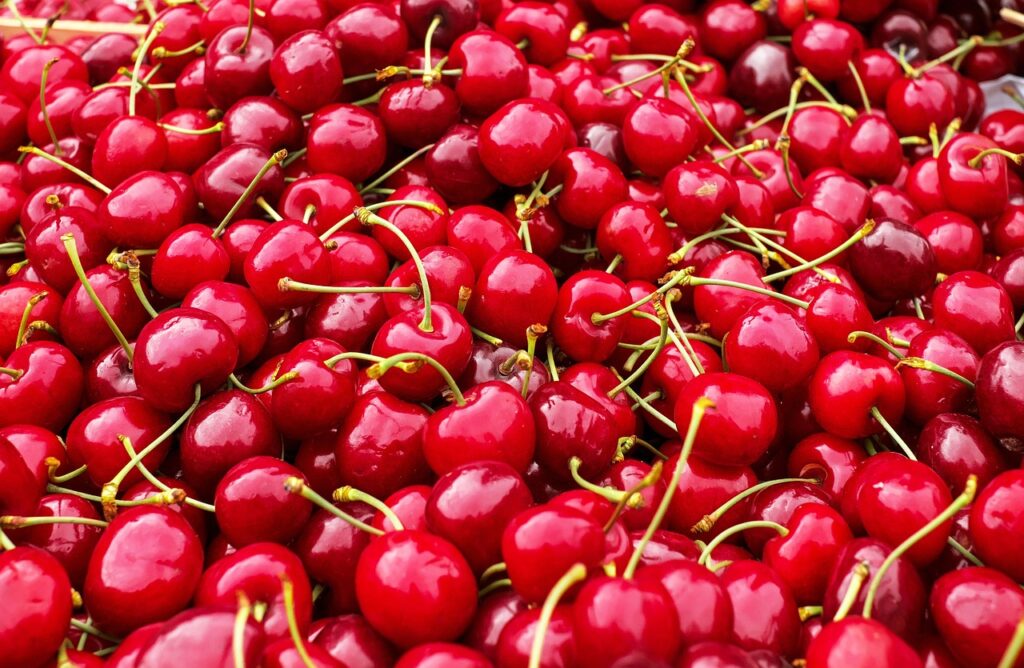Are you getting bored of drinking and brewing the same old beer? Do you have a fussy beer drinker in your life who doesn’t like the more traditional styles? It might be time to explore the world of fruit beers! In this instalment of Ingredient Spotlight, we’ll dive into the world of fruited beers. We’ll look at some popular styles, explore classic flavour combinations and provide a few tips for brewing your own.
What is fruit beer?
Fruit beer refers to a beer that has had fruit added to it during the brewing process. This is done to add unconventional flavours and/ or colours to the brew. Once you start adding fruit to a beer it no longer follows the Reinheitsgebot and is therefore not technically a beer. But alas, we are not in Germany, so I’ll be calling it fruit beer in this article.
With the huge array of fruit and beer available to grow and brew, the flavour combinations are almost endless. That being said, there are a few classic fruit flavourings used in beer that are popular – and for good reason! Read on to discover a few of the more popular fruit and beer combinations.
Popular types of fruit beer
Just about any fruit can be added to a beer (although what it tastes like is a different matter). There are few flavour combinations that have proved popular over the years with some of the more traditional styles going back centuries.
A Kriek is one such old style of fruited beer (and a personal favourite of mine). A Kriek is made using a Lambic base flavoured with cherries. Lambic is a type of sour beer fermented using wild yeast strains and is exclusive to the Pajottenland region of Belgium. The flavour of the cherries and the sourness of the beer is a wonderful combination. Typically, the ABV of these beers is on the lower side so it’s great for enjoying on a hot day.
Similar to the Kriek, the Framboise style of beer is made with a sour, Lambic base. Raspberries, or Framboise in French, are added to impart a tartness which makes for a refreshing beverage. Incidentally, there is also a French brandy made with raspberries called framboise which is also very tasty.
Ports and stouts are also popular for fruit flavouring, with a classic flavour combination being plum porter. The robust flavour profile of a stout means you can use fruits with a stronger flavour that may not suit a lambic or wheat base. Stone fruit is a popular addition to stouts as are blueberries, blackberries or even strawberries.
Recently I’ve noticed fruited lagers making their way into craft beer bars. One recurring flavour seems to be apricot lager. The delicate flavour apricot balances the crispness of a lager well. I also recently tried a strawberry lager but I won’t be rushing to buy another pint of that one.
Another classic flavour combo is a raspberry wheat beer. This is always a crowd pleaser and fairly easy to brew. It’s outrageously refreshing and sure to be a hit in summer. The tartness of the raspberries makes this a “cheats sour” – it tastes like a sour beer without the complication of brewing with Lactobacillus or the advanced methods needed to make a sour beer at home.
The final fruited beer on the list is a watermelon wheat beer. Much like its raspberry cousin, it is incredibly refreshing and perfect for a hot summer day. Watermelon is a great combination with the wheat beer base and adds a hint of sweetness – just like eating a juicy piece of watermelon in the sun.
Brewing with fruit
There are a million ways to brew with fruit – and everyone has a different opinion. This article just looks at some of the basics that will help you to start your own fruit beer journey.
The first thing to think about when you’re making a fruit beer is the base. The base refers to the beer to which the fruit will be added. Whether you’re brewing a fruited ale, wheat beer, lager or sour, your base needs to be of good quality. I recommend brewing an unfruited version of your recipe at least once before making a version with the fruit additions. The base is the foundation for your fruit beer so you want to get it right.
When brewing a fruit beer, flavour balance is key. As with all additions to beer, I recommend starting with a small amount of fruit and adding more as you make additional batches. I find that “less is more” with fruit – achieving a subtle fruit flavour without bombing your brew with a bunch of fermentable sugar and potential off-flavours should be the goal.
The use of hops is also important. Of course, this will vary by recipe but generally speaking you don’t want the hops to overpower the brew – the fruit should be the star of the show! Consider using hops with lower alpha-acids and bitterness. Popular examples include East Kent Golding, Hallertau Hersbrucker or Saaz.
The fruit you choose will heavily impact the quality of your beer. Regardless of your recipe, always opt for quality fruit. Seasonal is best and avoid supermarket fruit where possible – in some countries the additives, preservatives, herbicides and pesticides make this fruit unsuitable for brewing. Organic and local is best (for brewing and for eating!) If you are using fruit juices or purees, be sure to check that there aren’t any additives that might kill off your yeast – many of these products have preservatives that will nuke your yeast. Frozen fruit and berries are a popular choice for brewing – just be sure to thaw completely before use. Ensure all fruit is washed thoroughly before use.
So when do we add fruit to the brew? There are two main schools of thought on this: fruit can be added at the end of the boil or during fermentation. There are pros and cons of each of these methods. Fruit added during the boil will mean less chance of infection but could produce pectins and other off flavours as the hot wort scalds the fruit. Adding fruit during fermentation retains a more delicate flavour but of course the risk of infection is higher. I personally opt for adding fruit during secondary fermentation. Once my base beer has finished up fermenting, I take a gravity reading and rack into a glass carboy onto the fruit. I usually leave it to sit for at least a month before bottling. It is really important to remember that fruits contain sugar so be sure that fermentation is completely finished before packaging.
A note on ABV: fruit contains sugars so will affect the amount of alcohol in your final brew. The amount of sugar added is generally (but not always) offset by the amount of water contained in the fruit. Working out an exact ABV of fruit beer can be a little tricky but there are plenty of resources available online to help. If you’re homebrewing, having a highly accurate ABV isn’t really necessary but can be good to know for future batches.
There is nothing more refreshing than a fruit beer on a hot day. Aside from being delicious, fruit beer is truly fun to brew and you can really unleash your creative side. Using seasonal fruit in a well balanced recipe means you can have almost endless combinations of flavours for your brews!
Cheers!
Read Next: Reviewing Italy’s Supermarket Beers






